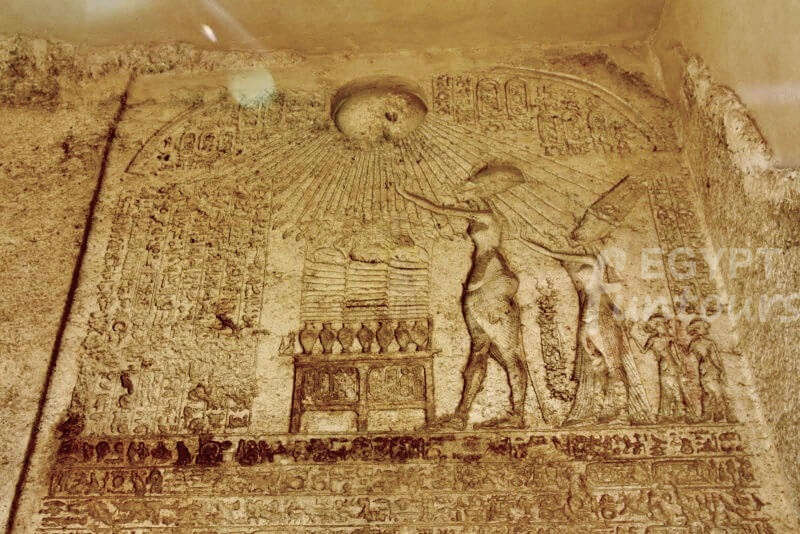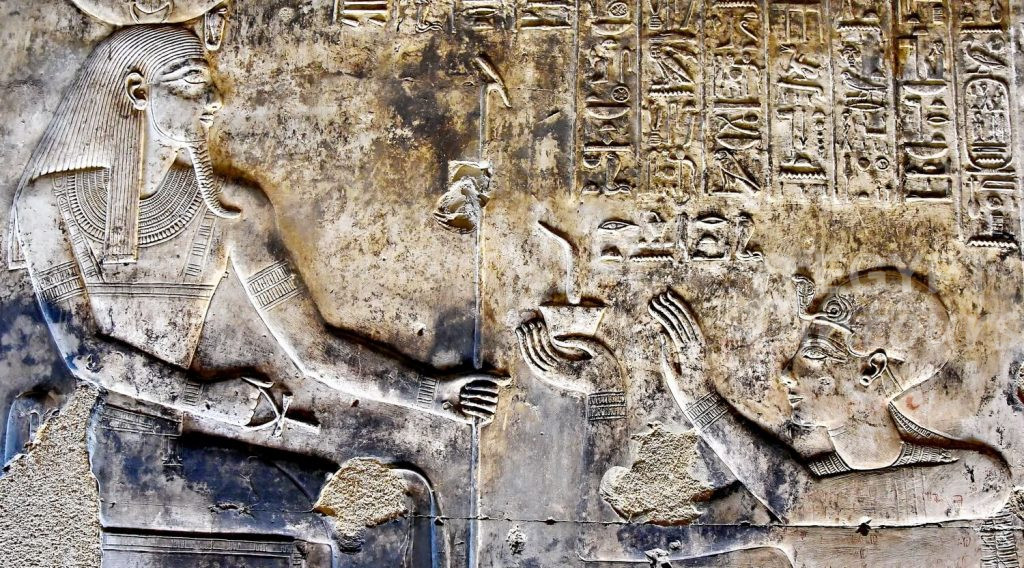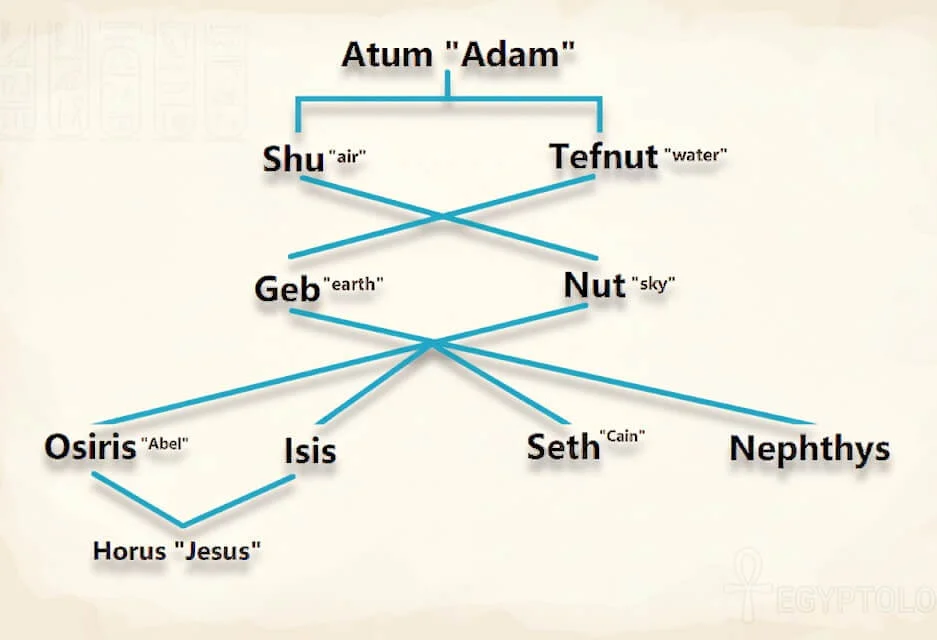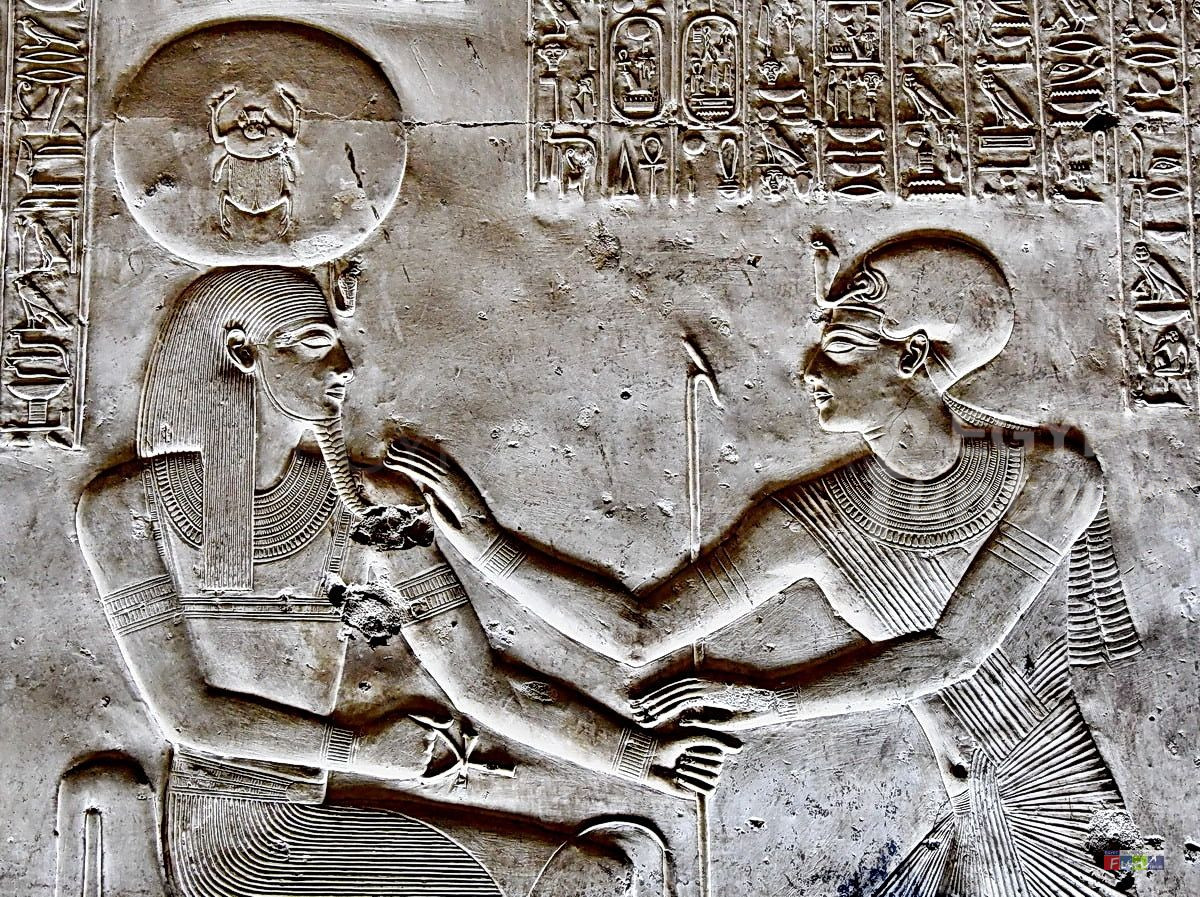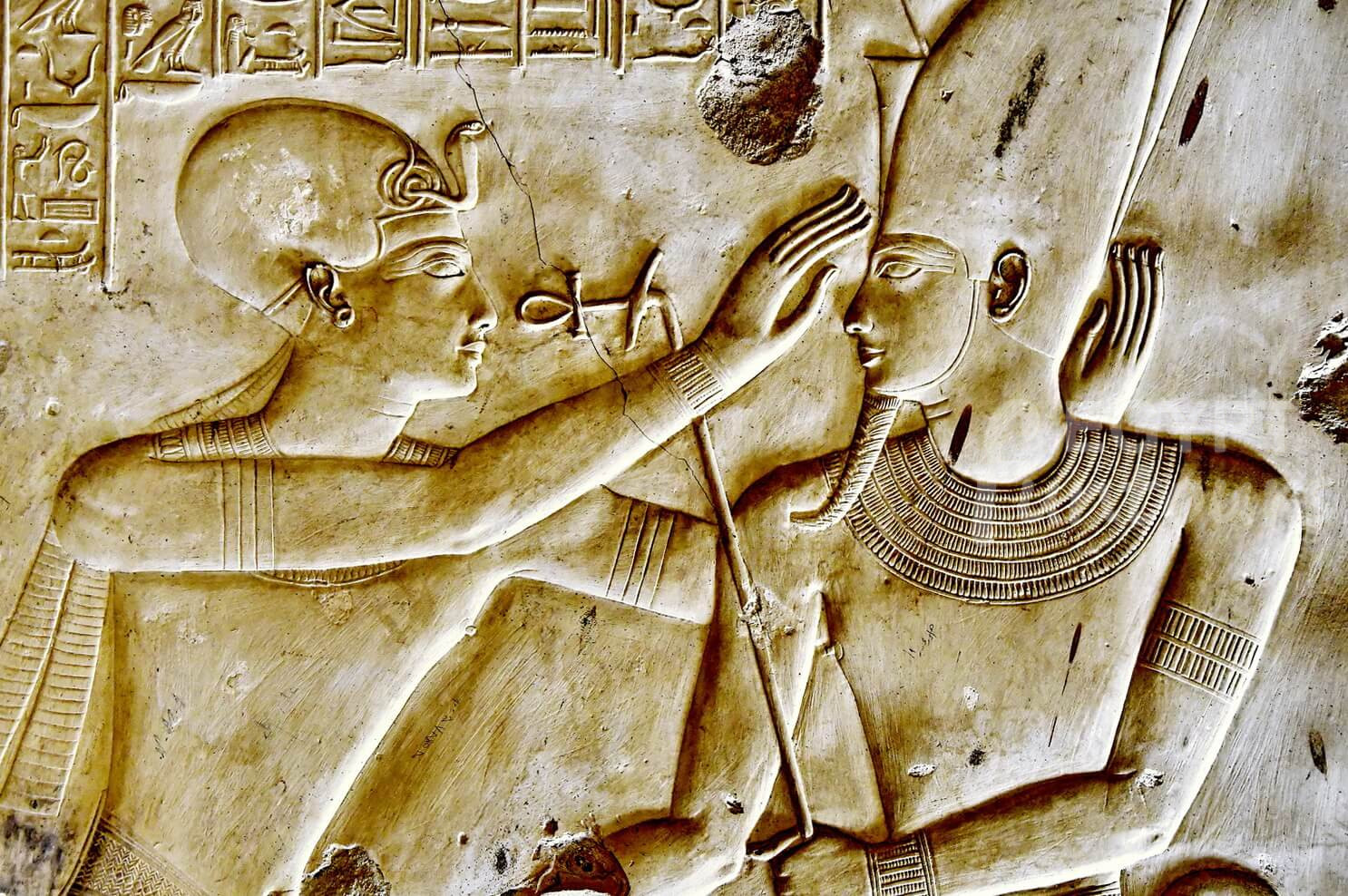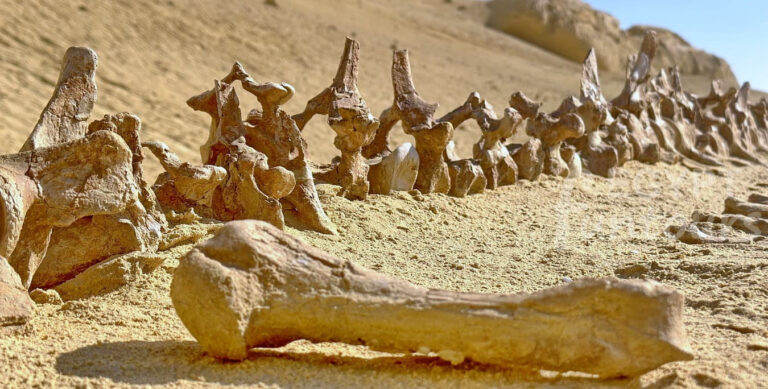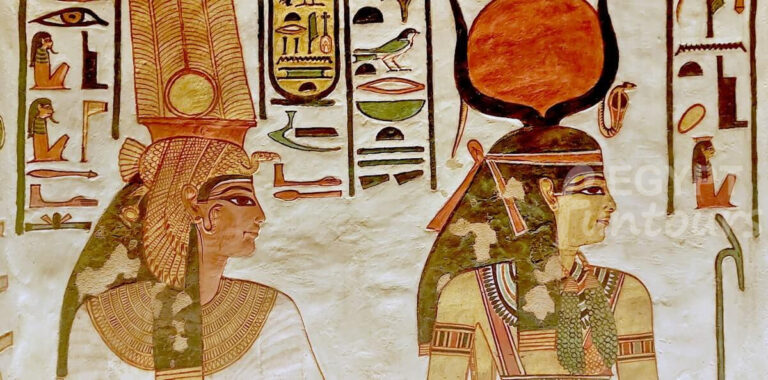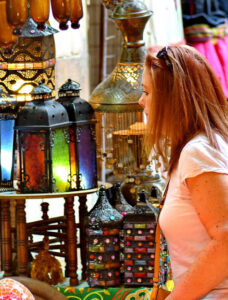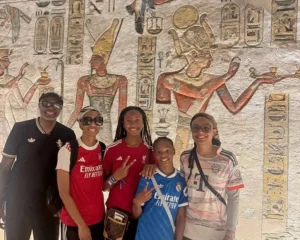Adam and Eve in Ancient Egyptian Mythology
It might be new to your ears to hear that Adam and Eve existed in ancient Egyptian mythology. In most known religions, Adam is the first human, and some scholars classify him as the first sane human being.
The story of Adam and Eve, as mentioned by the Torah, is present in ancient Egypt, but with different names. Adam is called Atum, and he is the first of creation. The ancient Egyptians believed that Atum created himself by himself and then created air “Shu” and water “Tefnut”, then created heaven “Nut” and earth “Geb”, who gave birth to four people, namely Osiris, Isis, Set, and Nephthys.

